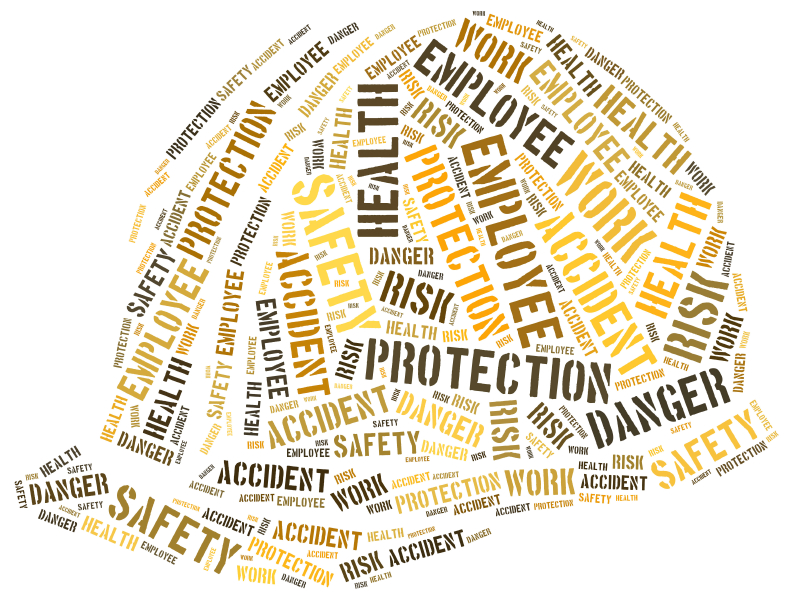
|
You became a safety professional because you’re passionate about worker protection and you’re committed to eliminating risk. Like it or not, your job also requires you to convince those in power that safety has value and will save, not cost, the company money.
According to the nonprofit Florida Partnership for Safety and Health, “Selling health and safety relies on steady commitment, not slick slogans and artificial cheerleading.” It’s your job to convince management—as well as employees—that your program can deliver the knowledge and behavior required to lower the rate of accidents and injuries.
Your one-stop safety management resource, available 24/7. Go here to take a no-cost site tour or here to try it in your own office!
The consequences of not having top leaders on board are high, says the NAEM, the National Association for Environmental Management. Those consequences include insufficient budgets, lack of assistance from other functional areas, conflicting priorities, and unnecessary obstacles. NAEM recommends developing an internal marketing strategy to help sell your program.
Other tips for getting top leaders on board for safety:
- Understand your company. It’s not enough to be knowledgeable about safety and health; you’ve got to know how your business operates and makes money.
- Lead with your strong suit. Identify the benefits and value of your safety process and make these the centerpiece of your communication.
- Brand your efforts. Successful programs have a common language, look, and feel. Develop the key messages and keep them simple and consistent.
- Crunch the numbers. Know the impact of safety incidents and the precise costs the company is facing. Present these in a clear, convincing manner.
- Share stories. Bring the discussion to the individual level and communicate how incidents affect workers, families, and coworkers.
Great news! BLR’s renowned Safety.BLR.com® website now has even more time-saving features. Take our no-cost site tour! Or better yet, try it at no cost or obligation for a full 2 weeks.
- Get permission to provide a short safety update for leaders to use to kick off all meetings. This gets the executive team used to talking about safety.
- Understand the competition. Other programs will compete for attention and dollars. Make sure you have a plan to address the challenges and convince detractors that they can also gain from your program.
- Establish ongoing communication with your top leaders, including a regular meeting to update them on safety. The more they know, the more likely they are to support your efforts.
Tomorrow, we’ll look at linking safety to specific business values.
